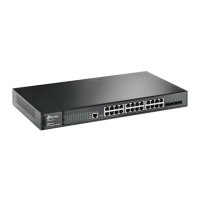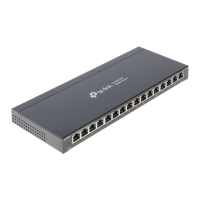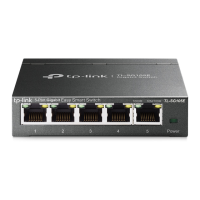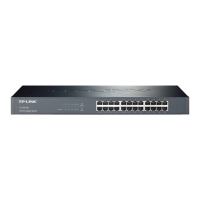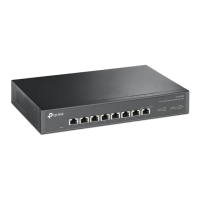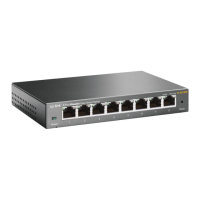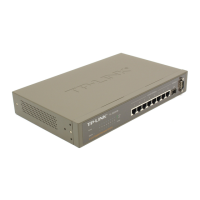User Guide 518
Configuring Layer 3 Interfaces Configuration Example
1) Go to L2 FEATURES > VLAN > 802.1Q VLAN to create VLAN 2. Add port 1/0/2 to VLAN
2 with its egress rule as Untagged.
Figure 3-2 Create VLAN 2
2) Go to L3 FEATURES > Interface to enable IPv4 routing (enabled by default), then click
to create VLAN interface 2. Here we choose the IP address mode as Static
and manually assign an IP address 192.168.2.1 to the interface.
Figure 3-3 Create VLAN Interface 2
3) Click to save the settings.
3.4 Using the CLI
1) Create VLAN 2 and add port 1/0/2 to VLAN 2 with its egress rule as Untagged.
Switch#configure
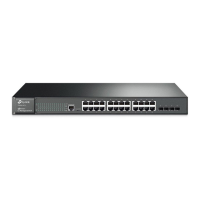
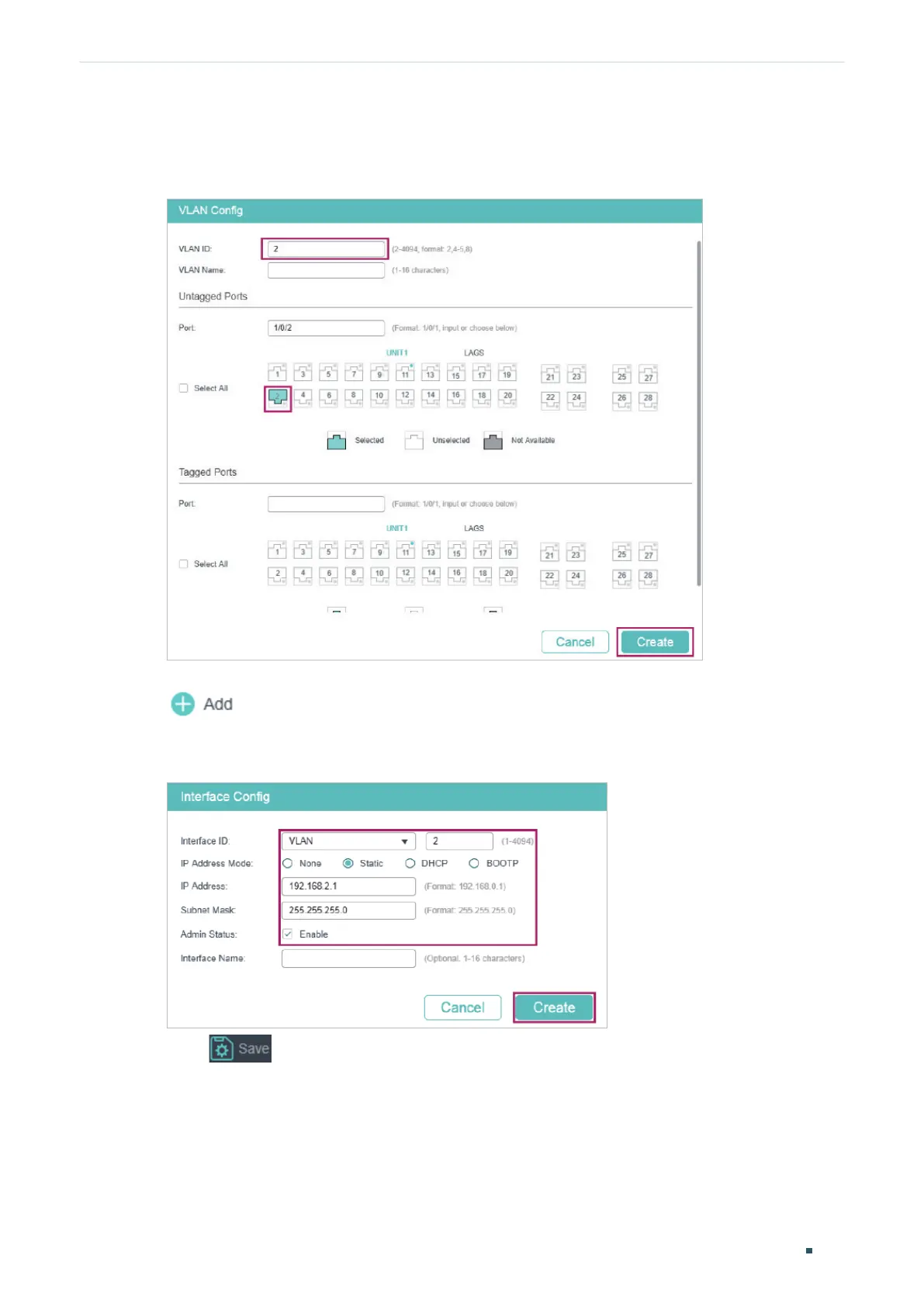